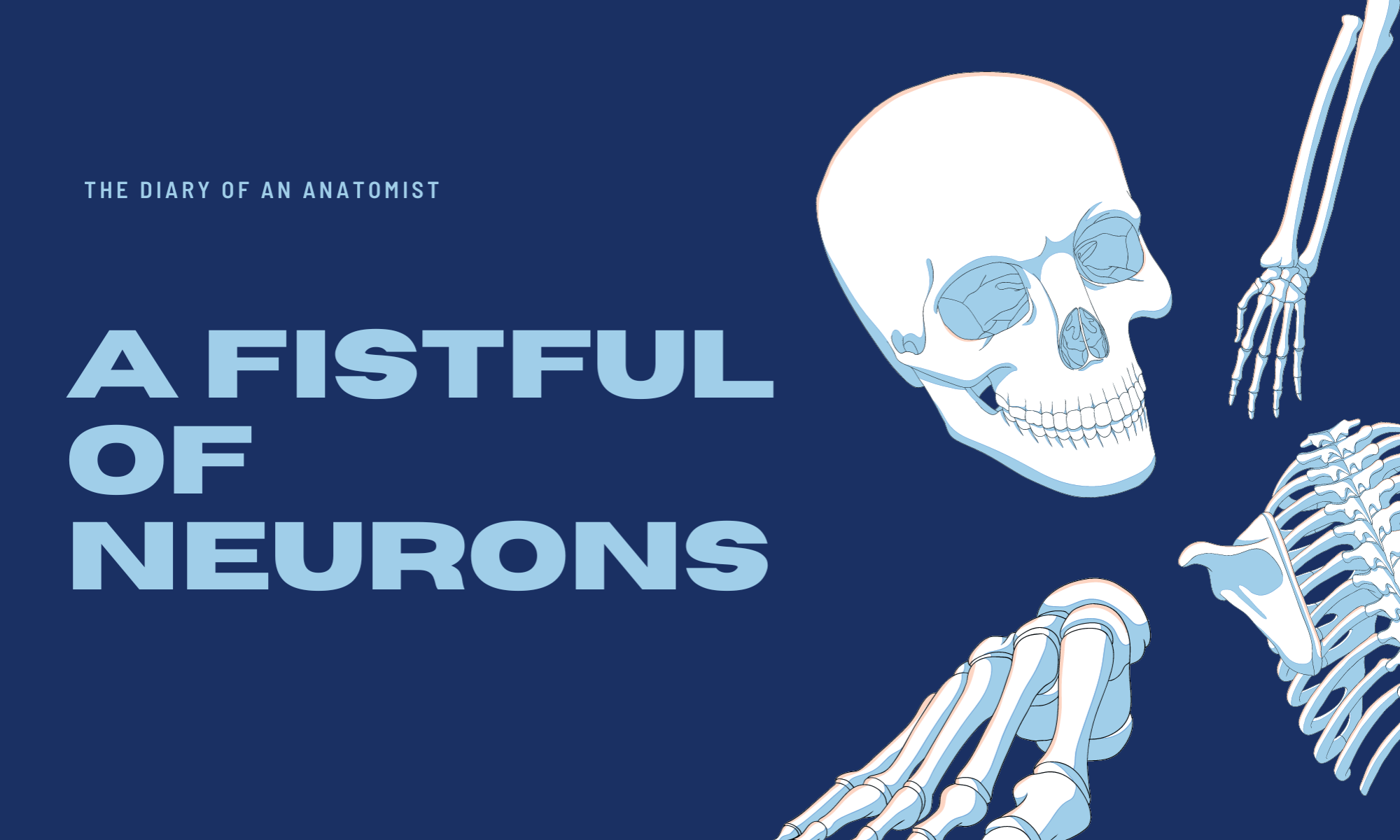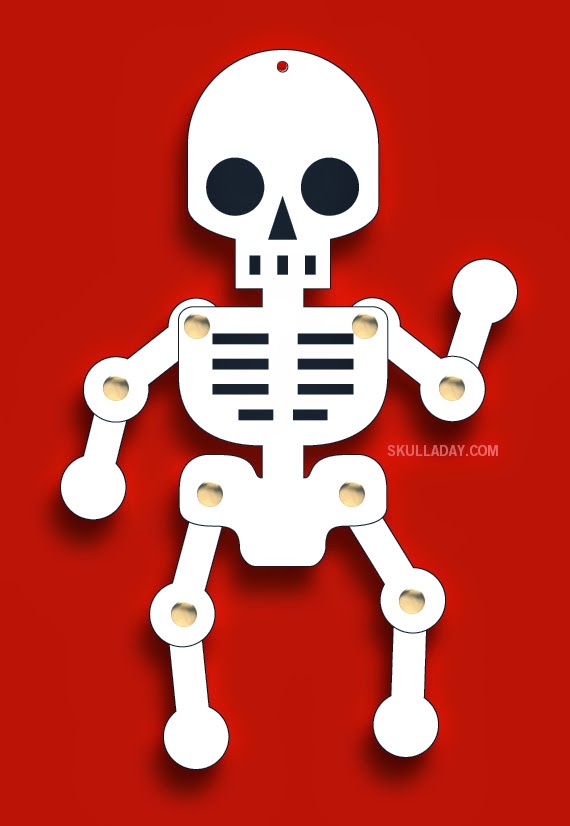Did you know that yesterday was Skull Appreciation Day? Why is this you may ask? It’s because Skull-A-Day (one of my favorite anatomy-themed websites, by the way) launched on June 4, 2007. And thus, every June 4th has been dubbed Skull Appreciation Day by its fans.
To honor this momentous occasion, the awesome people behind Skull-A-Day have shared this wonderful DIY skeleton toy that you can print out and create at home. There’s some assembly required — you can download the instructional PDF here.

